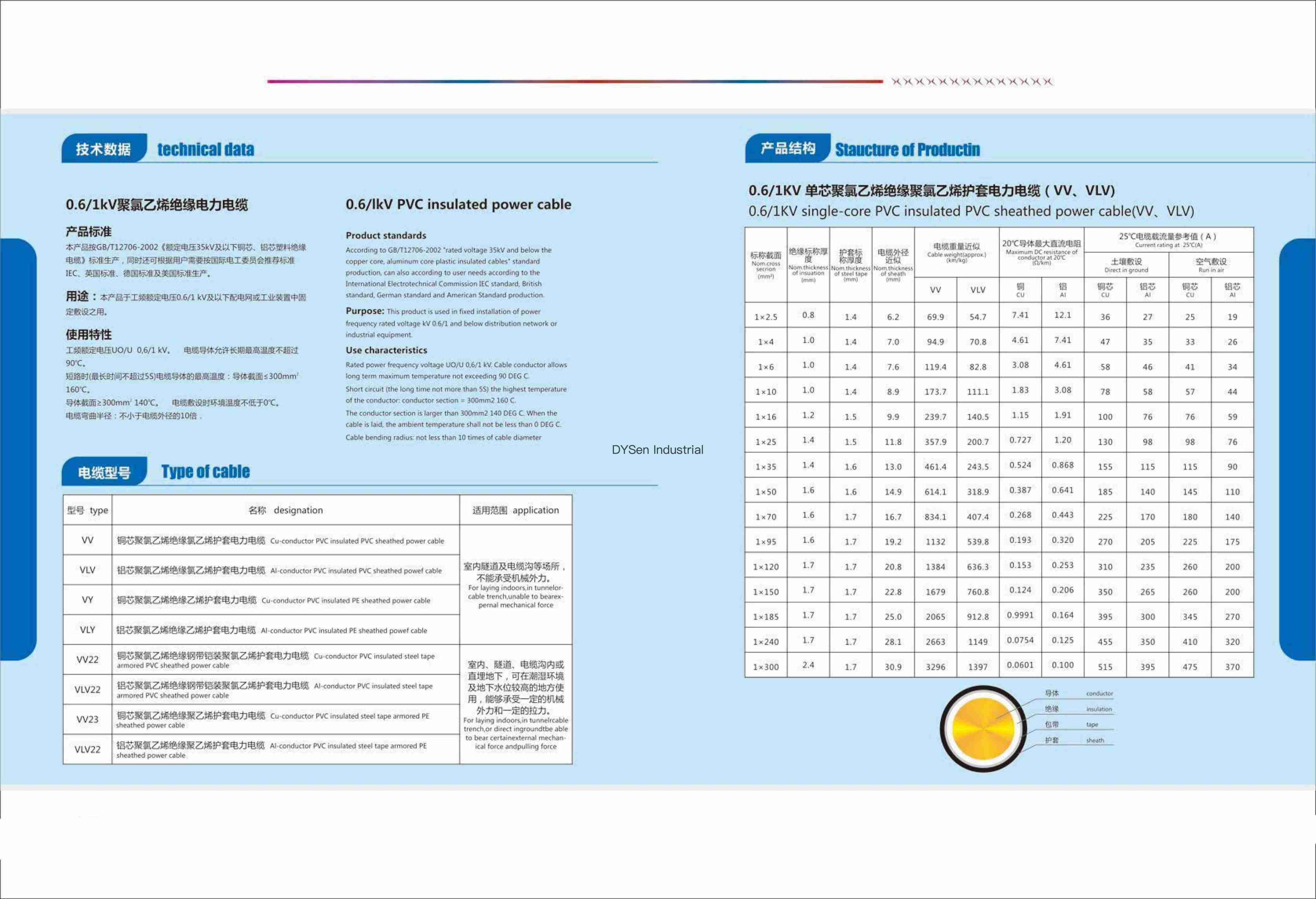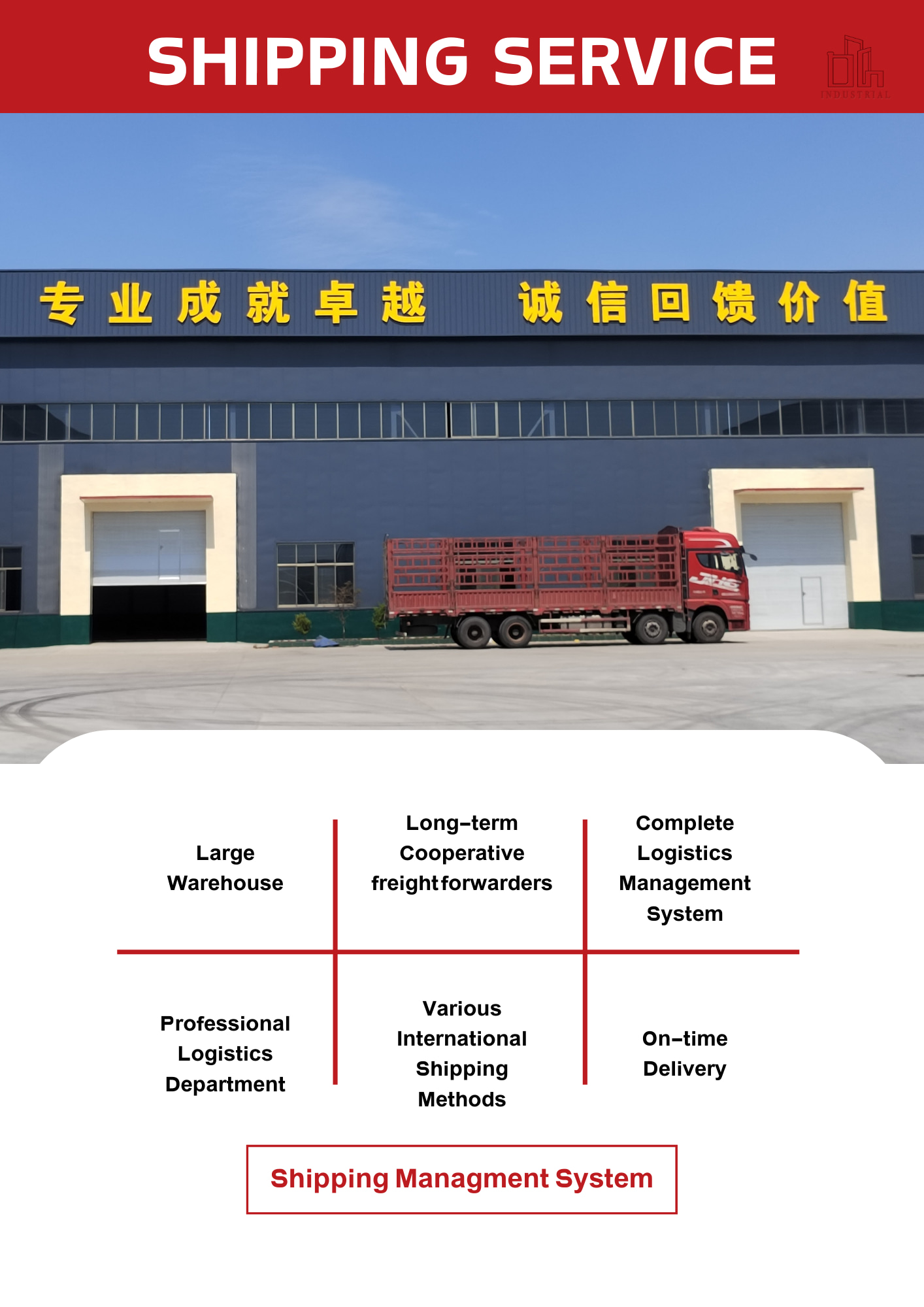Electrical cables are used to connect two or more devices, enabling the transfer of electrical signals or power from one device to the other. Physically, an electrical cable is an assembly consisting of one or more conductors with their own insulations and optional screens, individual coverings, assembly protection and protective covering.
Payment :
In AdvanceProduct Origin :
ChinaShipping Port :
Shanghai PortLead Time :
15 Working daysA single-core flexible cable is a flexible cable that usually consists of a single conductor. Compared to multi-core cables, it only contains one conductor, making it suitable for applications that only require a single power or signal transmission. The conductor of a single-core flexible cable is usually made of copper or aluminum, which has good electrical conductivity.
Feature:
The main feature of flexible cables is their ability to bend and move in different directions and curvatures without causing damage to the conductor or insulation. This flexibility makes single-core flexible cables ideal for applications that require frequent movement or bending, such as mechanical equipment, industrial automation systems, robotics, medical equipment, etc.
Single-core flexible cables usually have a layer of insulating material, such as polyvinyl chloride (PVC) or polyethylene (PE), for electrical and mechanical protection of the conductor. In addition, there may be additional protective layers on the outside of the cable, such as a jacket or braid, for protection and abrasion resistance.
When choosing a single-core flexible cable, consider the following factors:
1. Current load: Depending on the amount of current required to be transmitted, choose a conductor that is thick enough to avoid overheating and energy loss.
2. Voltage level: Make sure the cable's insulation material and construction can withstand the required voltage level.
3. Environmental conditions: If the cable will be used in harsh environmental conditions, such as high temperature, humidity or chemical corrosion, it is necessary to select a cable with corresponding durability and protection measures.
4. Flexibility and bending radius: According to the requirements of the application, select a single-core flexible cable with appropriate flexibility and bending radius to ensure that it will not be damaged during use.
It should be noted that when installing and using cables, applicable electrical safety standards and regulations should be followed, and necessary measures should be taken to ensure the correct connection and insulation of the cables to avoid potential safety risks.
The application methods of armored cables and unarmored cables in actual use are different, and attention should be paid to the construction environment.



Tags :